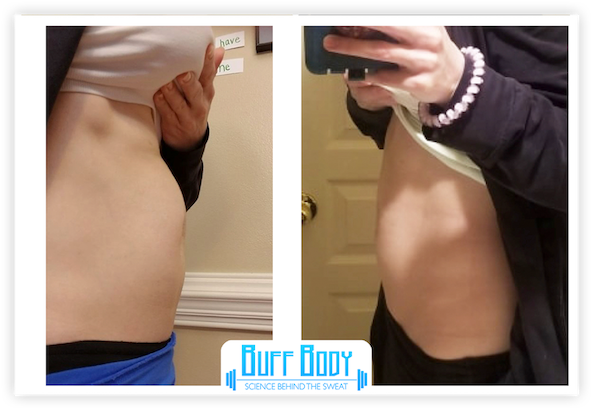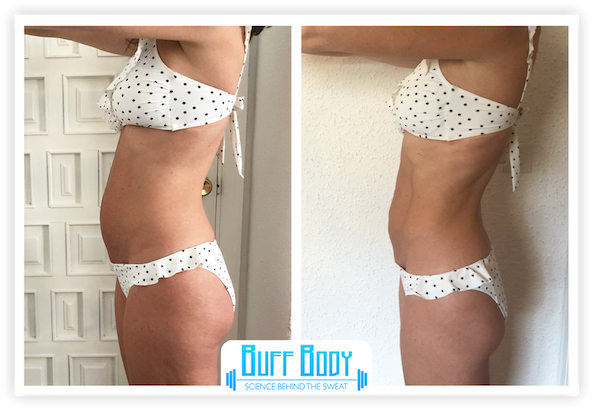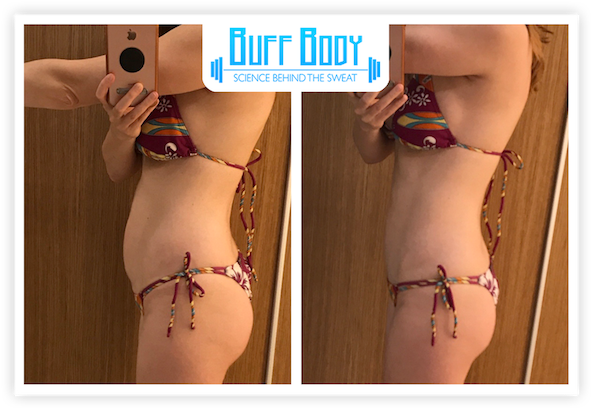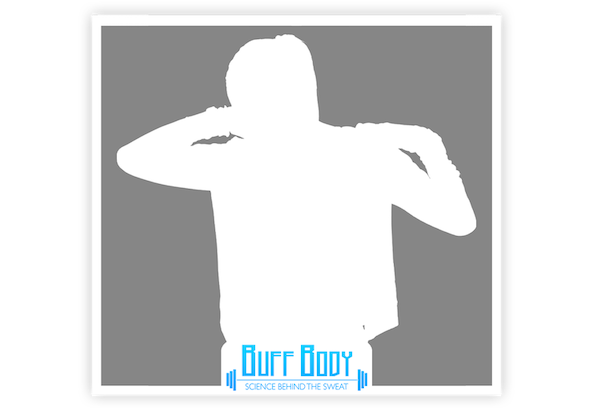Diastasis Recti or Hernia: is it the same?
Diastasis Recti It is not a hernia.
A diastasis recti (Rectus Diastasis) is often confused with a midline abdominal hernia because they both present as a bulge in the midline of the abdomen. But a diastasis recti is not a true hernia, but a separation of the rectus abdominis muscles without a defect or rupture of the aponeurosis.
In this article, we'll explain:
The difference between a diastasis and hernia
How to detect whether you have diastasis recti or hernia
What are the possible consequences of a diastasis?
and what treatment options are available.
The difference between Diastasis Recti and a Hernia
In short, diastasis recti is a separation of your abdominal muscles whereas a hernia is a protrusion of an organ.
A Rectus Diastasis is a phenomenon where the space between the left and right abdominal muscle is too weak causing the pressure in the abdominal wall to create a bulge. Often this leads to a decrease in strength. When there is insufficient compensation, this leads to loss of strength, keeping a fat belly and possibly back pain, pelvic floor complaints, not being able to do heavy work without pain in e.g. the back.
This can be caused by:
Pregnancy ( is physiologically a normal adjustment).
In men and women, this can be caused by a lot of pressure on the abdominal wall, usually due to a full, large abdomen.
Possible complication after abdominal surgery (scar fracture).
Possibly a weak-thin connective tissue structure in construction.
The possible consequence of heavy work, much abdominal pressure and/or coughing, training with heavy weights, in combination with one of the above factors.
What is a hernia?
A herniated disc (often called a hernia) is literally a bulge of tissue or an organ from a body cavity. A herniated disc usually occurs in the back, but can also occur in the neck.
The spine consists of vertebrae. Between the vertebrae the soft intervertebral discs absorb shocks. The intervertebral discs have a soft elastic core (nucleus) with a sturdy fibrous wall of connective tissue (annulus fibrosus). With a hernia, the intervertebral disc collapses and the wall weakens, causing the elastic core to bulge out and cause a hernia (herniated nucleus pulposus). The vast majority of back hernias occur low in the back between the 4th and 5th lumbar vertebrae (L4-L5) or between the 5th lumbar vertebra and the sacrum (L5-S1).
Cause of a hernia
A hernia is common in people between the ages of 20 and 50. Most hernias are the result of congenital weakness of the intervertebral disc. In some families, a hernia is, therefore, more common than in other families. Sometimes a hernia is caused by a heavy or prolonged strain on the back in an incorrect position, for example by sitting incorrectly for too long.
How to detect whether you have diastasis recti
You can easily test yourself to see if you have diastasis.
To do this, lie on your back with your knees raised. Put your fingers on the midline of your abdomen (around the navel area). Now try to lift your head and shoulders off the ground, you will feel your abdominal muscles tighten. If a bulge or a (deep) space develops you have rectus diastasis.
The abdomen often remains large in appearance and not fitting with the rest of the body.
Learn more about Diastasis Recti
How to prevent diastasis recti?
Split abs during pregnancy: How to recover after giving birth?
How do you know that you have a hernia?
An ordinary X-ray can determine the collapse and bulge of the intervertebral disc. An MRI is then needed to see any nerve entrapment.
It’s also important to note that there are many different types of hernias you can get such as :
An epigastric hernia (above your belly button)
An inguinal hernia (in your inguinal region)
An incisional hernia (if you had a c-section) and even
A femoral hernia (near your upper inner thigh)
They can all present with similar symptoms. The only difference is the location.
Diastasis treatments
With diastasis, patience is a virtue. It is extremely important to listen to your body.
In the case of a diastasis recti after pregnancy, give it the first 2 months to recover from the intense workout you did during childbirth. And remember that "de-pregnancy" also takes 9 months. Take lots of walks with the stroller. Exercise is good for the circulation and therefore also for recovery. Have your pelvic floor muscles checked by a pelvic floor specialist and if necessary have them massaged loose, because with fixed muscles it is difficult to strengthen them.
Exercises
We do not recommend you to do any abdominal exercises untrained. Start with the basics and focus on the transverse deep abdominal muscles (these are the deepest lying abdominal muscles). Then on the oblique abdominals and only lastly on the straight abdominals. If you have little experience with training, enlist the help of a pelvic floor specialist or personal trainer who has experience in this area. A personal trainer will obviously know how to guide you well."
What are the possible consequences of diastasis?
Loss of strength: The muscle corset provides support, cushioning of balance disturbances and change of movement.
The abdominal muscles support the back during power struggles, provide support to the organs and are part of long chains of muscles throughout the body.
Back pain due to, among other things, insufficient support of the abdomen at the front of the back. There is often too much tension in the back muscles. The back then feels stiffer.
Abdominal (muscle) pain
Pelvic symptoms
Hip pain (side)
Urinary leakage
Experiencing cold in the abdomen
Bowel function disorders
Disruption in proper breathing
Urinary incontinence, often caused by overactive pelvic floor muscles
Neck/shoulder pain
The consequences of diastasis are very often unrecognized, as is diastasis.
















